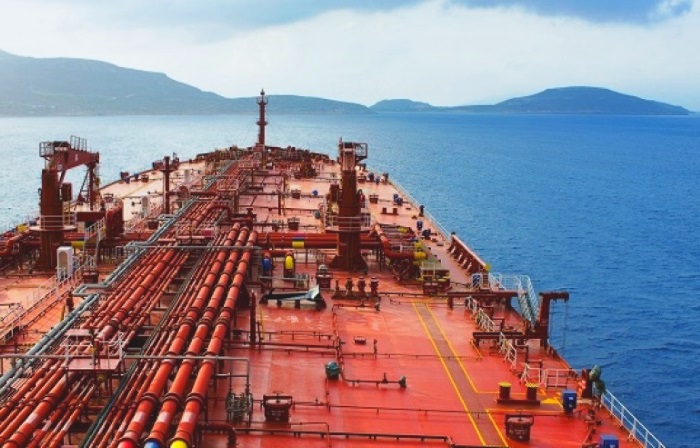India has intensified discussions with the US to ensure its oil supply strategy does not encounter hurdles or disruptions in the event Russia faces additional sanctions for its war in Ukraine, a sign that New Delhi wants to balance energy ties with both Washington and Moscow, government officials and analysts said.
Indian oil ministry officials added that Russian oil offered the country a window of opportunity to boost purchases over the past one year given its attractive price. However, the situation could change in the event more restrictions are implemented on Russia. As a result, it is imperative for India to keep working with alternate suppliers.
“We are having healthy discussions with the United States and Europe. Our government doesn’t feel any pressure related to oil imports,” India’s petroleum minister Hardeep Singh Puri told reporters recently as the Russia-Ukraine conflict entered its second year.
The Indian oil minister’s comments came after US officials recently said that Washington would continue to aim for additional sanctions on Russia.
US Treasury Secretary Janet Yellen told reporters during a recent visit to India that the price cap on Russian oil had substantially reduced Russia’s earnings, affecting its ability to acquire what it needs.
“Russia’s revenues are down in January almost 50% from where they were a year ago. We will continue to impose further sanctions. We are working with our allies to continue to grid Russia’s ability to fight this unjust war,” Yellen said.
Fear of additional sanctions
Any additional sanctions on Russia will cast a shadow on oil flows to India, which ended 2022 with a sevenfold year-on-year increase in Russian crude imports. The volume of Russian imports in 2022 was 700,000 b/d, up from 100,000 b/d in 2021, boosting the market share of Russian crude in India’s overall crude import basket to around 15% in 2022, from just 2.2% in 2021.
In 2023, S&P Global Commodity Insights expected the share of Russian crude to be around 1.2 million-1.5 million b/d, or about 25%-30% of India’s total crude imports.
With Russia taking a much bigger market share in India last year, OPEC’s share was dragged to its lowest in more than a decade. OPEC’s share of India’s crude imports shrank to 64.5% in 2022, from a peak 87% in 2008.
Although the Russia-Ukraine war enabled the country’s refiners to bring in a large volume of crude from the largest non-OPEC supplier at discounted rates, this has not led to a fall in the US’ market share, as India looks to bolster its energy ties with Washington.
India has substantially increased its crude oil imports from the US, with its share in India’s crude basket hitting a record 0.88 million b/d in December 2022, commerce ministry data showed.
“US crude oil exports to India will be in focus in 2023 as trade flows reshuffle and the market remains volatile,” Sumit Ritolia, senior South Asia oil analyst at S&P Global, said.
“US SPR releases have widened the WTI-Brent spread, making North American crudes more appealing to Indian refiners,” Ritolia added. “India is aiming to pursue an oil import policy to boost crude oil supplies from both the United States and Russia, while stepping up efforts to diversify the crude basket.”
Not out of the woods yet
On the global oil price outlook, S&P Global expected commercial stocks of crude and key refined products to increase at a pace of roughly 1.5 million b/d from end-December 2022 through May 2023. But towards mid-2023, stocks should start to draw, with prices rising. Dated Brent prices are expected to average around $80/b in the first half of this year before recovering to $85-$90/b in H2. Overall, Dated Brent prices are expected to average around $85/b in 2023.
“When oil prices rise, there are two consequences. One, there will be inflation and recession, while the second one would be the transition to green energy,” minister Puri said.
He added that geopolitical turbulence and the slow global recovery after the pandemic prompted crises around world food, fuel and fertilizer markets that would continue to threaten energy security and keep the world market on tenterhooks for the next two years.
“The three-F crisis — food, fuel and fertilizer — threatens energy security. And economic uncertainty will continue for the next couple of years. These issues are closely linked to the discussions that we are having today on sustainable development,” Puri said at recent conference in New Delhi.
He added that India’s G20 presidency would play an important role in shaping a global response to issues such as climate change.
“We have increased ethanol blending in petrol from 1.53% in 2013-14 to 10.17% in July 2022, and have advanced our target to achieve 20% ethanol blending from 2030 to 2025-26.” Puri added.
Source: Hellenic Shipping News






